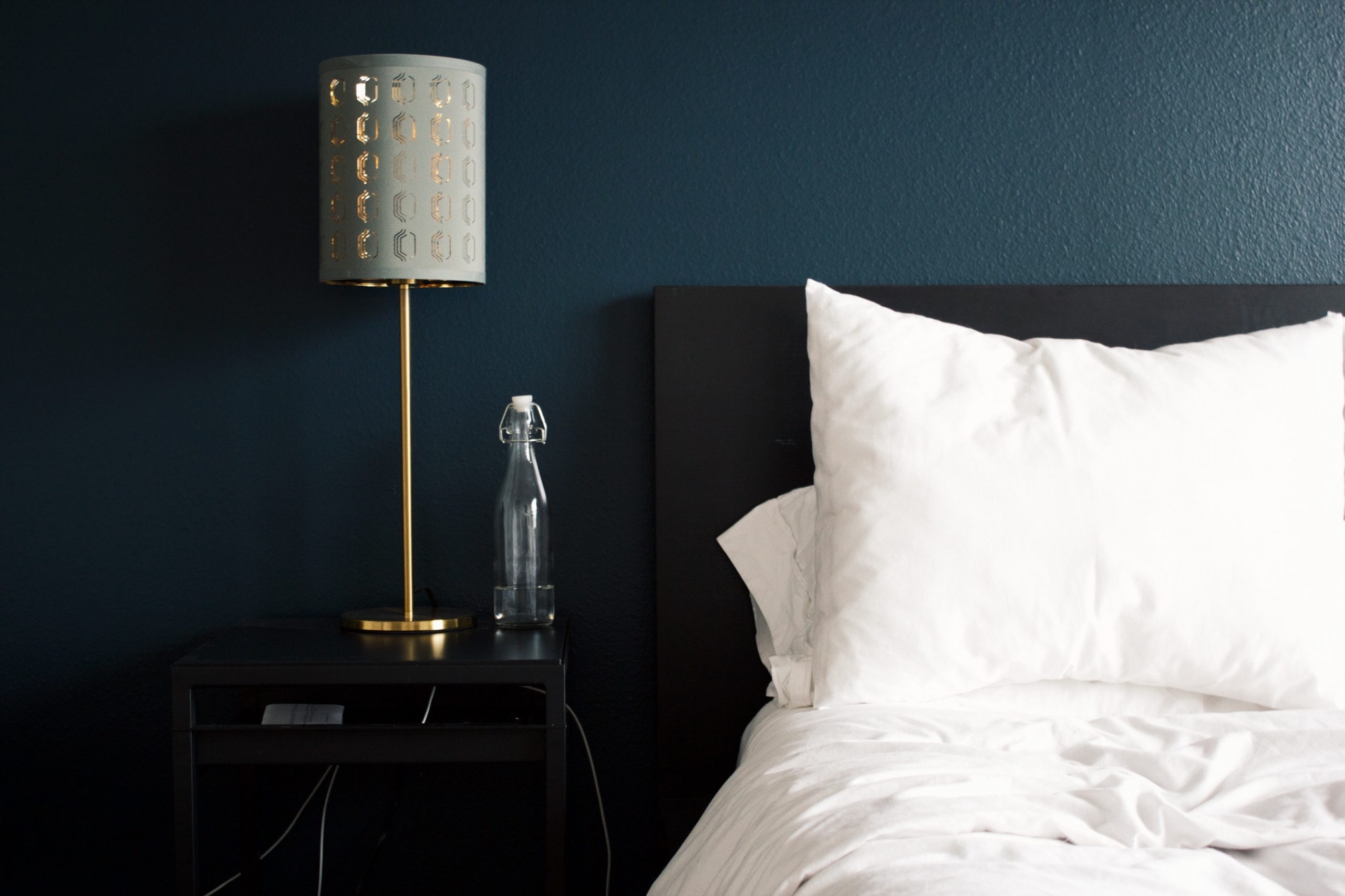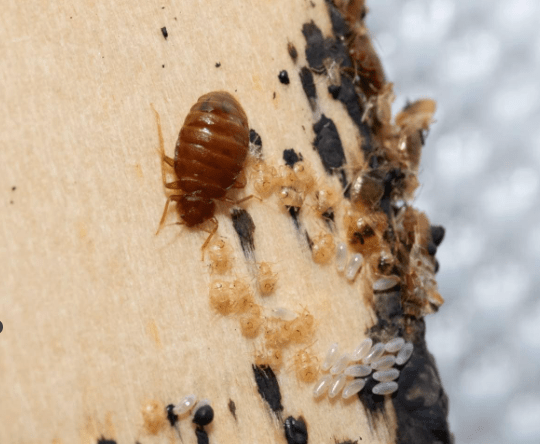Page Contents:
Can Bed Bugs Live in Your Bathroom?
Bed bugs typically prefer areas close to their hosts where they can easily access a blood meal. Bathrooms are not their preferred habitat because they’re not generally near places where people sleep or rest for extended periods, which is where bed bugs thrive. However, in certain circumstances, bed bugs can be found in bathrooms, albeit it’s not their most desired hiding place.
Here are a few scenarios where bed bugs might end up there:
1. Infestation Spread: If a severe infestation is present in a home, bed bugs may spread to various areas that are less popular, including bathrooms, in search of new hiding spots or hosts.
2. Inadvertent Migration: Bed bugs can move through walls and electrical outlets, so if they’re in adjacent rooms to a bathroom, they might inadvertently end up in the bathroom area.
3. Items Moved to Bathroom: Bed bugs can hitch a ride on clothing, towels, or personal items. If infested items are carried into the bathroom, it’s possible for bed bugs to be deposited there.
However, bathrooms are not an ideal environment for bed bugs due to factors like high humidity, lack of suitable hiding places close to sleeping hosts, and absence of feeding opportunities.
If you suspect a bed bug infestation in your home, it’s crucial to inspect all areas, including bedrooms, living spaces, and yes, bathrooms, to determine the extent of the problem. Professional pest control measures are often necessary to effectively eliminate bed bugs from a home.
Why Do I Keep Finding Bugs in My Bathroom?
There could be several reasons why you’re finding bugs in your bathroom but one of the most common are related to moisture and humidity. Bathrooms are typically moist environments due to activities like showering and bathing with inadequate ventilation. Certain bugs are attracted to moisture, making bathrooms a suitable place for them to thrive. Silverfish, centipedes, springtails, and some species of cockroaches are attracted to damp areas and might be found in bathrooms.
Another reason could be related to drainage. Insects like drain flies (also known as moth flies) are commonly found in bathrooms with drainage problems. These flies breed in organic matter present in drains, sewage systems, or areas with stagnant water.
If there are many entry points, bugs can enter your home through cracks, gaps, or openings in walls, windows, doors, or pipes. If there are entry points in your bathroom, insects may find their way inside.
To manage the presence of bugs in your bathroom:
Make sure to keep the bathroom clean and dry. Regularly clean drains, remove standing water, and wipe down surfaces to eliminate potential food sources and breeding grounds for insects. Seal cracks, gaps, and openings that might serve as entry points for insects.
Check windows, doors, pipes, and other potential access areas. Ensure proper ventilation in the bathroom by using exhaust fans or opening windows to reduce humidity levels.
If you have persistent bug problems in your bathroom or home, consider seeking advice from pest control professionals. They can identify the specific insect species and recommend appropriate measures to manage the issue effectively.
Can Bed Bugs Climb the Bathtub?
Bed bugs are capable climbers and can navigate various surfaces, including smooth ones like bathtubs. However, their ability to climb a smooth surface depends on certain factors such as the bathtub’s material, its cleanliness, and whether any residual substances are present.
Smooth surfaces like ceramic or porcelain bathtubs provide less traction for bed bugs compared to rougher surfaces. If the bathtub is completely dry and clean, bed bugs might struggle to climb its smooth sides due to their limited grip.
Nevertheless, bed bugs are resilient and adaptive creatures. They have specialized claws that help them grip surfaces, and they can navigate different textures to some extent. If there are any residues, such as soap scum, moisture, or other substances that provide traction, it might facilitate their climbing ability.
Just keep in mind that it’s uncommon to find bed bugs residing in bathtubs, especially if the bathtub is regularly used and cleaned. Bed bugs typically prefer areas close to their hosts where they can feed during the night and hide during the day, such as beds, cracks in furniture, or nearby areas.
Can Bed Bugs Travel Through Vents?
Yes, bed bugs can travel through vents, especially if there are open pathways or gaps that connect infested areas to the ventilation system. Bed bugs are small and flat, allowing them to fit through tiny openings and navigate through various spaces.
Vents, particularly air ducts or HVAC systems, can provide bed bugs with access to different parts of a building or home. If bed bugs are present in one room or area and there are openings or gaps around vents, they might move through these systems to infest other areas. They can travel between floors, rooms, or apartments through shared ventilation systems, using them as pathways to find new hiding spots or hosts for feeding.
It’s important to note that while bed bugs can move through vents, this is not their primary mode of transportation. They typically prefer to stay close to their hosts (humans) in places where they sleep or rest for extended periods, such as beds, sofas, or nearby furniture.




